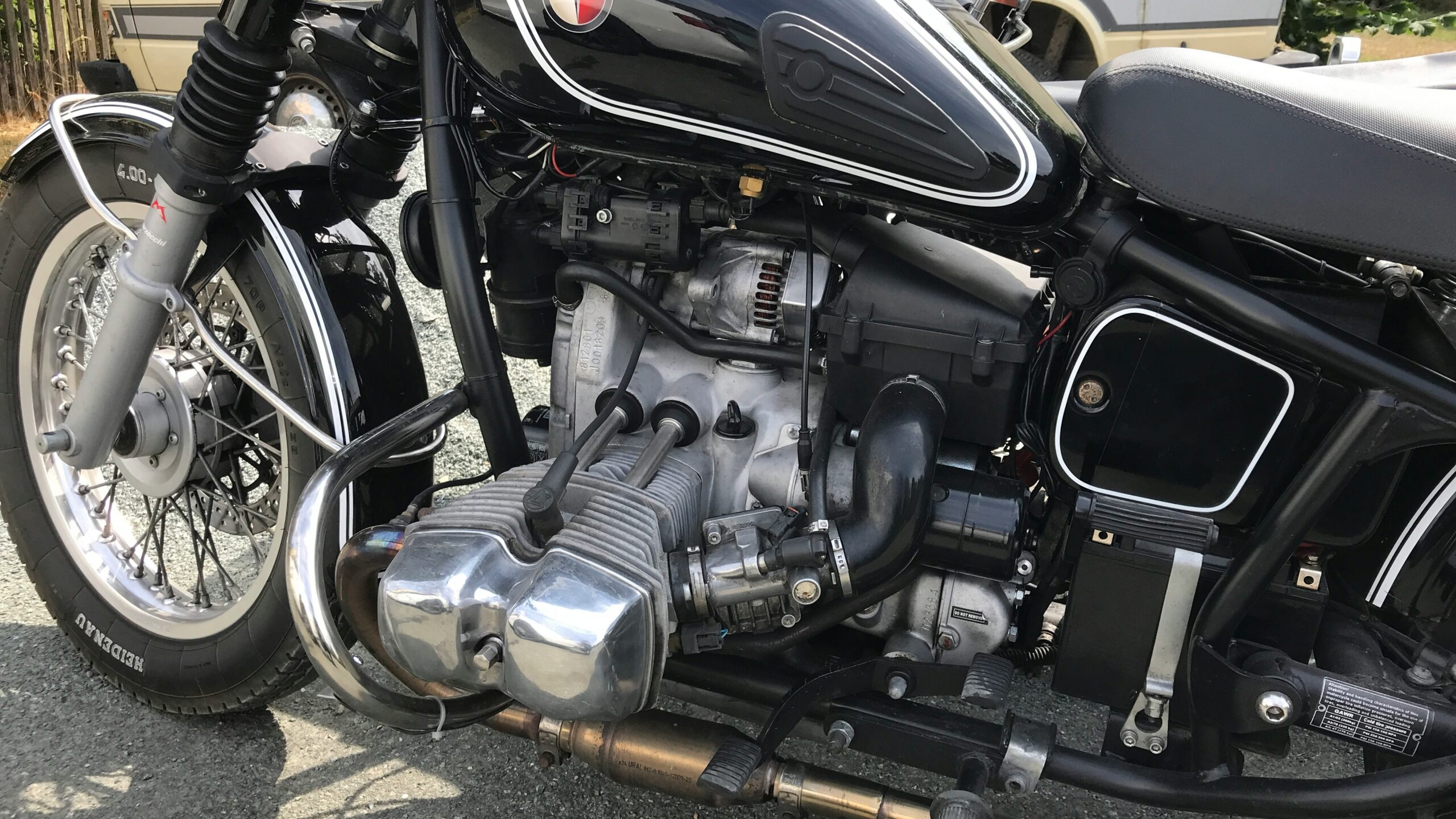
Your motorcycle’s engine generates a ton of heat, and without proper cooling, it’s only a matter of time before performance suffers—or worse, catastrophic failure occurs. While radiators often get the spotlight, the water pump is the hardworking component keeping coolant flowing. Here’s what every rider should know.
Most modern bikes use a centrifugal water pump driven by the engine (usually via gears or a chain). As the impeller spins, it circulates coolant:
From the radiator → Through the engine → Back to the radiator to dissipate heat.
A failing pump can lead to overheating, poor performance, or engine damage.
Watch for these red flags:
Coolant leaks (often near the pump weep hole)
Overheating engine (temp gauge spiking, even at normal speeds)
Whining or grinding noise from the pump bearing
White smoke or sweet smell (coolant burning off)
Corrosion or crusty buildup around the pump housing
Use the Right Coolant – Avoid generic auto coolant. Stick to manufacturer-recommended formulas (e.g., silicate-free for aluminum engines).
Check for Leaks Regularly – Inspect the weep hole and hoses during oil changes.
Listen for Noises – A rough bearing often sounds like a faint whir or growl near the pump.
Replace with OEM or Upgraded Parts – Cheap aftermarket pumps may have weaker seals or impellers.
If you’re pushing your bike hard (track days, long tours, or hot climates), consider:
High-flow impellers for better circulation.
Billet aluminum pumps (for durability on big-bore builds).
Got a water pump issue? Share your story in the comments or explore our cooling system parts here. Stay cool and ride safe!